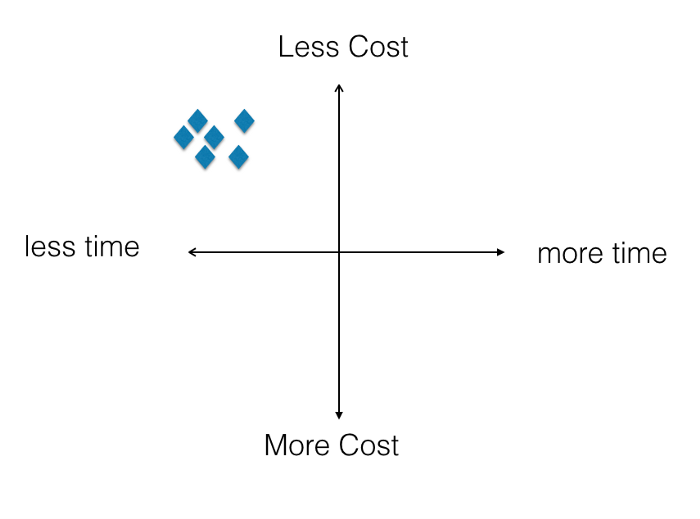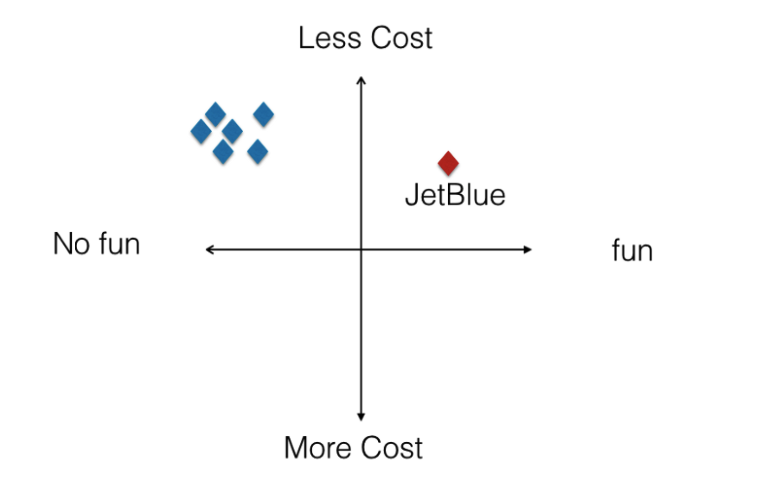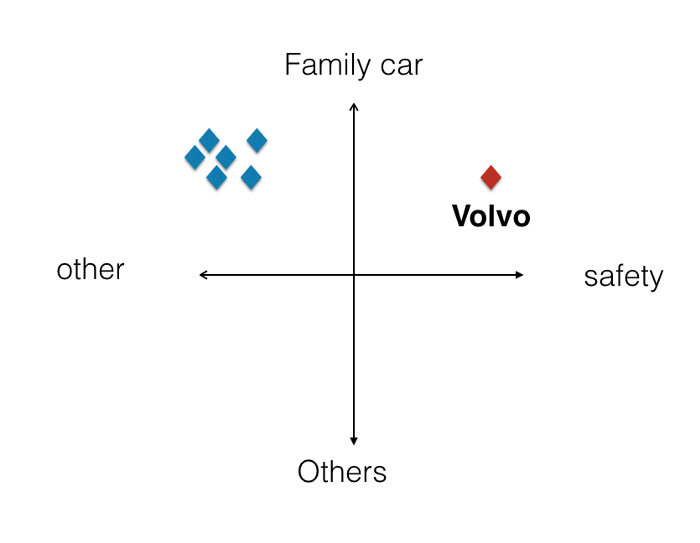Donald Miller helps brands build a compelling story.
Through his writing, workshops, and Consulting, he has helped numerous brands clarify their message and create a story.
For the most part, his story frame-work is great. But there are some serious flaws.
Let’s look at the framework before we move ahead.
Donald Miller’s Framework for creating brand stories
In his book, ‘Building a Story Brand’, Donald Miller lays down a 7-step framework that brands can use to tell stories. Here’s what the framework looks like –
- A Character/Hero — (The client)
- Has a Problem — (The struggle)
- And meets a Guide — (The brand)
- Who gives them a Plan
- And calls them to Action
- That helps them avoid Failure
- And ends in Success
A few takeaways –
The brand’s customer/client is the hero of the story. He is trying to get somewhere but has a problem.
The brand should position itself as a teacher (and not as a hero) and provide a plan to the client. The brand calls upon the client to act so that they avoid failure and get success.
Of course, this is a simplified version. I have not been able to give justice to the framework. I apologize for the same. However, the space that I have is restrictive.
The book offers a much more comprehensive view.
Here are a few examples from the book, that mention a business, followed by a tagline that encapsulates its story.
- Financial Advisor — A Plan for your retirement
- Bookstore — A story to get lost in
- Breakfast bars — A healthy start to the day
So far so good.
I think this framework helps Marketers get started with the ‘Brand Story’ exercise.
But then, there is a flaw.
The limitation of Donald Miller’s framework
We are not considering the presence of other bookstores, financial advisors, and breakfast bars in the area!
If there is another breakfast bar in the vicinity… should they use the same story?
For a financial advisor that helps people with their retirement plan, the messaging — ‘A Plan for your retirement’ doesn’t sound compelling enough. There could be thousands of firms offering the same solution to the same problem to the same set of customers.
😀
The framework is not complete by itself.
What’s the missing piece then?
Here’s where Seth Godin, the genius devil that we all love and adore steps in, and helps in completing this framework.
Let’s consider the 2 elements that can be clubbed with Donald Miller’s framework to create a complete brand story.
Don’t think of them as steps. They cannot be addressed serially. Think of them as missing pieces of the puzzle. There will be some back and forth. And that’s okay.
1. Define your smallest viable audience
For your brand to have a really compelling story, it needs to apply to a specific audience, or in Godin’s words — the smallest viable audience.
Why smallest?
Because, the more specific the audience, the more powerful your story is going to be for them.
The broader the audience, the lesser will be the impact of the story, because you are trying to make it generic.
Example
A tea brand might use Donald Miller’s framework, and come up with a tagline/story — We sell tea that adds energy to your mornings.
As per the framework, the enemy here is “Boring mornings” or “Mornings where you don’t feel energetic.”
The story is not powerful enough, because the enemy here is generic.
To make the story even more powerful, we can choose the smallest viable audience.
Now assuming that the smallest viable of this tea-brand is — “Tea lovers living in the city of Bangalore”, the story now becomes –
“Helping the people of Bangalore add energy to their mornings”.
The story got better but is still not powerful enough.
We haven’t addressed that there could be other tea-brands out there, that would have the same value proposition.
2. The X-Y grid positioning method
I learned this from Seth Godin in the Marketing Seminar.
In the X-Y grid method, Seth asks us to create an X-Y grid (you get to choose the X and Y axes) and plot your brand in one of the quadrants.
Here’s the catch though — for your particular audience, your brand has got to be the only one in that quadrant.
That’s right. For your audience, there exists no other competition in that quadrant.
Examples
The airline market is competitive and cut-throat. Most of the airlines compete on price. And hence, all of them compete in one quadrant.
This is what their positioning looks like –

For a customer who is deciding to travel from Sydney to JFK airport, the 2 main things that he will consider are –
- The cost — He wants to buy the cheapest ticket
- The time — He wants to reach New York in the least amount of time.
The result?
As there are only 2 variables or 2 axes to consider here, it becomes difficult for a new brand. All the brands try to compete in the same quadrant.
Red ocean strategy.
The airlines then start competing on price. The race to the bottom begins. The cheapest player is the winner.
What do you do then?
Well, simple. You create a new quadrant for yourself.
This is what ‘JetBlue’ did.
JetBlue came and said — “Hey, if you care about having fun, and also about going to your destination at a fair price, come join us.”
And when they said this, they were able to create a different quadrant for themselves.
This is what it looked like.

And then, of course, JetBlue had to deliver that promise by creating an amazing experience for their customers.
Another example would be Volvo.
Volvo decided to position itself as the safest family car. And hence, all the cars that wanted to be sexy, sporty, environment-friendly, cheapest, etc. fell in a different quadrant.
When a 43-year-old wants to buy a safe car, he knows where to go.

Okay, so going back to the example of the tea-brand, how can we apply all of these elements here?
Here are a few axes that come to mind –
1. Health –
Audience — The SVA (smallest viable audience) that really cares about ‘health’.
Enemy — Bad health
Positioning — Position your brand as the most healthy brand of tea that is available.
2. Organic
Audience — The SVA that really cares about consuming organic food.
Enemy — Conventional food, that is grown by using fertilizers and pesticides.
Positioning — Position your brand as the only organic tea that is available.
3. Fresh
Audience — The SVA that really cares about having fresh tea, as opposed to commercial tea that has been packaged months back.
Enemy — Stale packaged tea, that has been processed a while back
Positioning — Make a promise that this brand is the only one that delivers tea in batches.
4. Subscription-based
Audience — The SVA that really cares about variety. This a premium audience that cares about exploring tea and different varieties.
Enemy — Monotony/Same tea-every day.
Positioning — For a tea connoisseur, who is looking to explore different varieties of tea, we are the only brand that delivers a different tea to you every week.
You can make your own list, depending on the smallest viable audience that you want to serve, and their aspirations. Empathy is the key.
If we go with option 4, the brand story looks something like –
For tea connoisseurs in Bangalore, who are tired of having the same tea every day, we provide a subscription-based tea-service that allows you to try a different tea every week.
Okay, so is this enough to create your brand story?
What did I miss out on?
Part 1:
Part 2:
